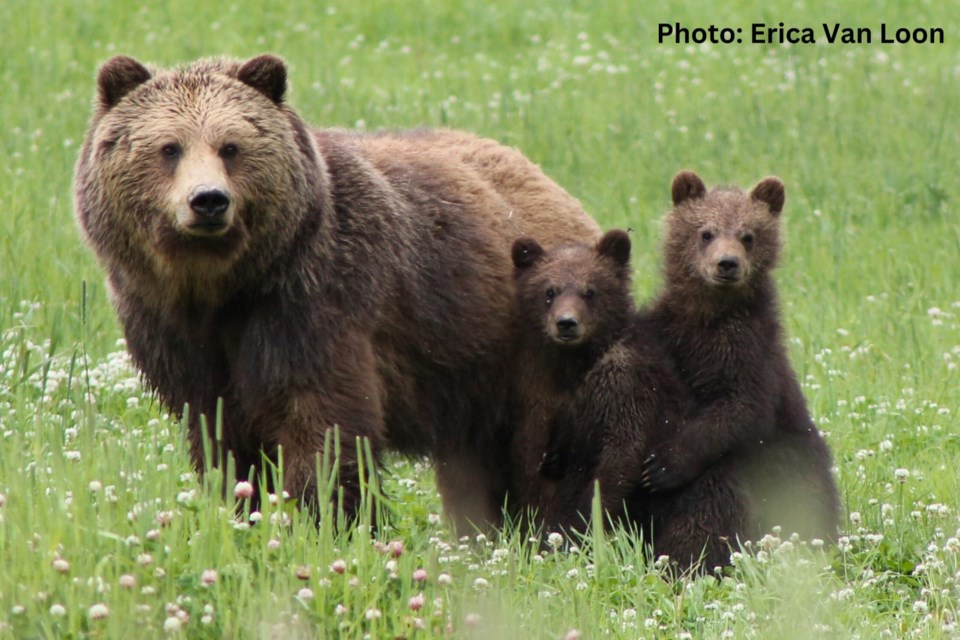The recent shooting of the two yearling grizzly bears is something I will be mourning for a long time. Heartbroken. Devastated. Angry. Having grown up on a farm in the Pemberton Meadows, grizzly bears have been a part of this landscape for my entire life. I feel fortunate to have spent the past 1.5 years working with the Coast to Cascades Grizzly Bear Initiative (C2C), supporting communities living at the interface of coexistence.
Having watched these two yearling grizzlies grow up in the Pemberton Meadows, I saw first-hand how intelligent, social, and aware these animals are. Since June 2024, they have been orphaned, and struggling to adapt to this large world on their own, without the critical social learnings from their mother. Over the past weeks, my colleagues and I at C2C poured everything we could into these two bears—now casualties within a critically endangered population unit.
This experience has shown how unprepared the province of B.C. is for handling urgent management situations like this, which are essential to grizzly bear recovery. These bears were never dangerous or aggressive to us while we worked with them on the ground, day after day, despite engaging them in many close encounters. They were simply young, curious, and hungry—yearling orphans, missing out on another vital 1.5 years of social learning they should have had with their mother. Grizzly bears are not here to kill humans. They were responding, as expected, to a world full of enticing smells and unsecured attractants left by humans.
This was not shocking bear behaviour. Bears are in hyperphagia at this time of year, driven to eat excessively in preparation for hibernation. These were orphaned yearlings exploring new territory and finding a land of unlimited treats. Deciding to stay in a landscape full of accessible treats is normal bear behaviour.
A culture of fear leads to harmful decisions for both humans and bears. Have you ever spent time watching, learning from, or trying to understand these intelligent animals? Fear-driven responses hurt humans and kill bears. Education is critical, but it only works if people are willing to listen, engage, and change. We talk about coexistence, but what does that actually look like? It looks like people taking responsibility for their actions, such as managing attractants, instead of putting all that responsibility on the bears, and invariably shooting them to make us more comfortable.
Do we want to be known as the place where grizzly bears come to die? Working in grizzly bear conservation is rarely about managing bears—it’s almost always about managing humans. We all share responsibility here: this is grizzly bear habitat, and they deserve to be on this landscape, especially as they face the insurmountable effects of habitat degradation, climate change, and human development. Human attractants are a human responsibility to secure so that bears are not drawn into, or want to stay, in human places. This, and the irrational fear base that people have, are the biggest issues our communities face as we look to the future of grizzly bear coexistence.
So, what kind of world do you want to live in? Is it one where there’s still room for wildlife—or one where we lose them to fear and inconvenience?




